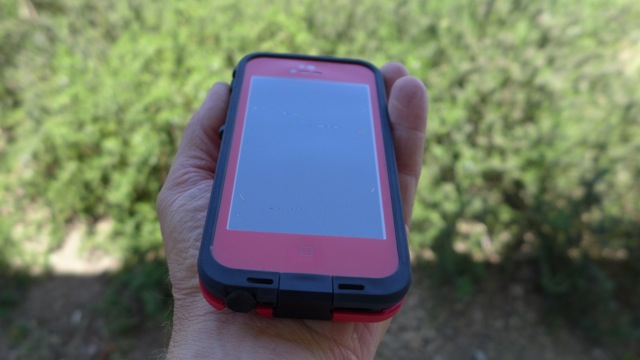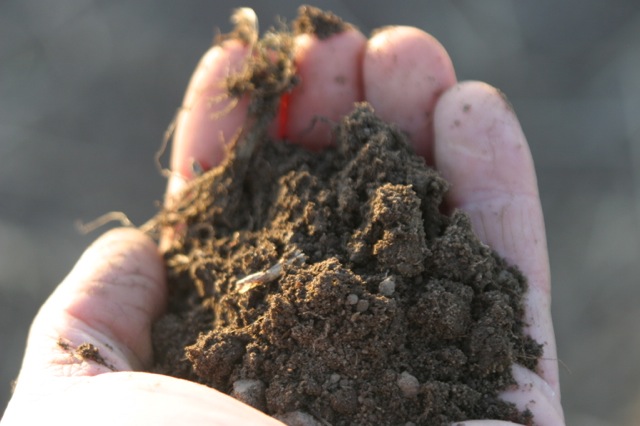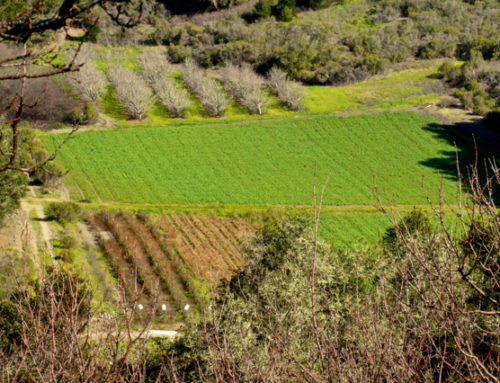While cultivating in the field with the old “International” a couple of weeks ago my cellphone fell off the tractor, disappearing under the running blades of a rototiller. With my cellphone shredded, I couldn’t stop myself from cursing out loud, standing in the middle of the field, with no one around, surrounded by rows of recently planted tomatoes and peppers. Of course I was angry about the inevitable replacement cost of the phone, but even more frustrating was this sense of suddenly being disconnected, unplugged from the rest of the world, unable to text, call, e-mail or connect to the internet from the palm of my hand. These “smartphones” have become indispensible, yes, and I admit, now that I am middle aged, the phone has become a memory aid to store everything I can possibly think of – from fieldnotes, pictures, addresses, wake-up calls and of course a calendar to keep track of scheduled events, appointments, and many other important dates. You name it it’s all there in that small device. I panicked a bit at the thought of having lost all of this information and for someone who didn’t grow up with computers, the internet, or smartphones it felt miraculous when a “heavenly Cloud” had backed up most of my information, so that when I got my replacement phone it was retrieved and downloaded. Wow… how cool is that!

Some of you might think: “Oh, ‘Farmer Tom’ is getting all excited and catching up with today’s technology”. That’s true, and I may be reinforcing the sometimes popular notion that “we who toil in the soil” are slow to change, especially when it comes to adopting new ideas and technologies. You’d be surprised, however, that today’s communication and wireless technology doesn’t seem to be one of them. It plays an important role on most farms today. Many larger operations, for example, have tractors equipped with GPS (geographic positioning systems) technology that will allow a farmer to adjust field practices, whether it’s plowing, grading, seeding, spraying or fertilizing to ‘real time’ field conditions. Monitoring of irrigation practices, the weather, pests and diseases, planting or harvesting – you name it, seed-to-fork sophisticated computer programs and wireless technology all play a role in collecting and managing a stream of important farm data.

Just like any other businesses, Live Earth Farm has adopted today’s information age technology to network, store and process data. Most of our information and communication with you our members is electronic, and everyone younger than me can’t understand why I am hesitant to jump on the social media bandwagon. My lingering resistance is probably because as a farmer my affinity is naturally connected to the farm’s biological network of life.

The sophistication and complexity of my shredded cellphone pails in comparison to the slower-paced, biological network that stores the evolutionary, life-renewing intelligence of an unimaginably large and sophisticated network of living organisms. Every cubic inch of organic soil teems with billions of microorganisms that play many different parts in the soil’s cycle of fertility. These interacting organisms, ranging from the visible to the unimaginably minute, perform important functions which drive the transfer of nutrients to the plants we grow. So when we plant a seed or transplant a tomato seedling into this biotic network called soil, we trust that it will reward us with food; similarly we expect a search on the internet to feed us the desired information when we hit the return key.
It is inevitable that these two networks, one technological the other biological, will grow increasingly closer. I hope that along the way we are able to build a meaningful sustainable food system. One where our relationship with food nurtures, enhances, and strengthens our personal health with that of our natural environment.






